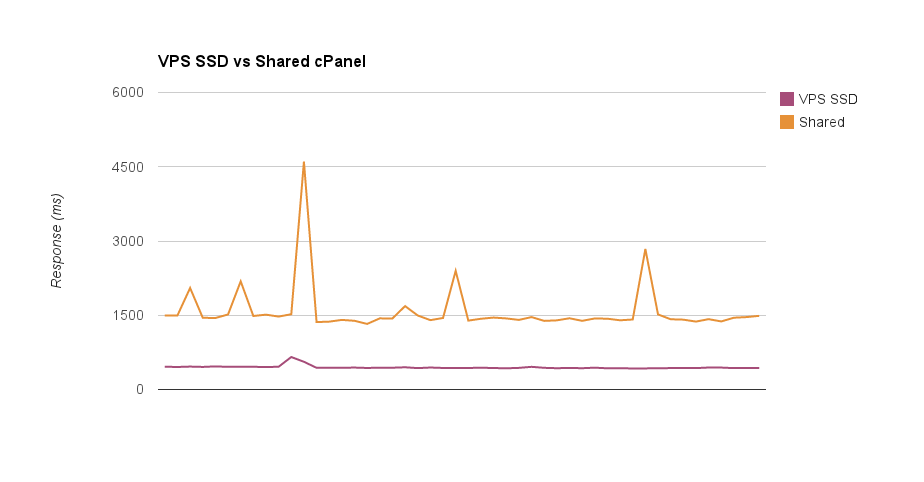When you get a new website and you’ve registered a shiny new domain name it makes sense to also have a good looking email address to go with it. Advertising with an email like bills_plumbing245@bigpond.com.au looks a lot less professional than masterplumber@billsplumbing.com.au !
Just about all web hosting accounts come with the ability to host mail too. Creating an inbox this way using your own domain is cheap and easy, but it’s not the best way.
Limitations of using your web hosting for email
Server Space
Whenever you get mail it’s stored on a server. If you’re piggy backing on your web hosting you’ll have to choose between using up your hosting disk space allowance with accumulated mail; or configuring Outlook to delete mail off the server after it’s been downloaded. Deleting from the server solves the full account issue, but it means your local computer and a single hard drive become the single source of all your mail. Transferring it can be a hassle if you get a new device and there’s a serious risk of data loss.
Synchronization
The standard POP3 web hosting approach to mail is very limited. If you send a message from your desktop PC it only exists there. You won’t be able to find that message in the sent items of your phone or tablet or laptop. You can partially work around this by using an IMAP account, which keeps a copy of everything on the server and syncs between devices, but you run straight back into the problem of server disk space above.
Reliability
Most web hosts are pretty good at keeping your files around. Many will take weekly off-server backups too. But given how important email is for many businesses this may not be enough. Downtime can be a big problem if it affects your mail and a week old backup may be too old.
Dedicated Email Hosting
The solution to these issues is to use a robust system designed for email. If you consider the importance of business email and the cost of downtime it’s well worth it.
There are a few good options including:
- Google Apps for Work — essentially Gmail and the Google Apps suite using your own domain name. You can use the Gmail web interface, or Outlook. You can connect from any device. There’s powerful search and its fast.
- Office 365 – Some Microsoft Office subscriptions include access to Office 365 which is a cloud hosted service designed to fix these issues.
- Exchange Server — for larger business it may make sense to run your own Exchange server. This is an advanced approach that requires IT support.
- Hosted Exchange Account — like an Exchange server, except you outsource the hosting and pay on a per-account basis.
Any of these approaches will solve the issues of web hosting based email.
I recommend Google Apps for Work. It’s around $50/year per user – a small price for the benefits.
Get in touch with me if you need help configuring your domain name and setting up a hosted email solution
Google Apps Referral
If you want to use Google for Work consider using my referral link: https://goo.gl/j6dgdR


